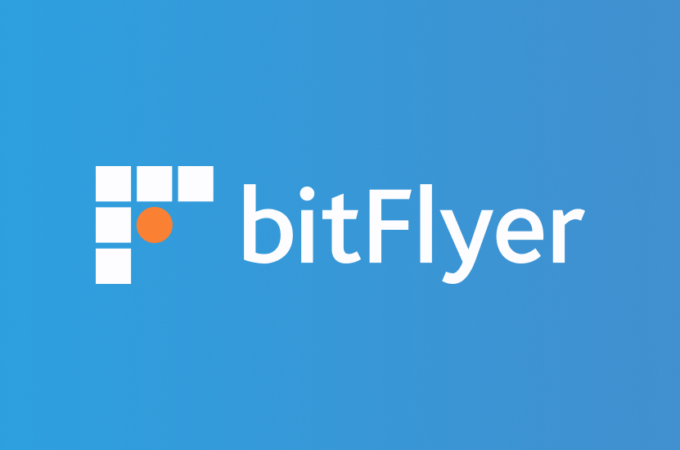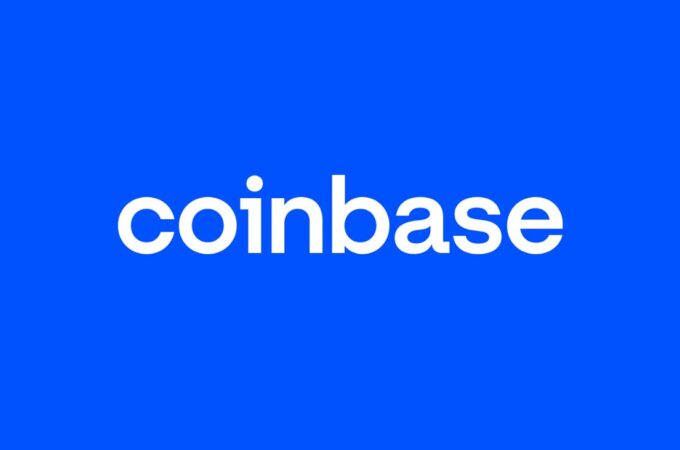
How blockchain startups are driving an under-the-radar fundraising boom
By Josh Finer for VentureBeat
Few investors even on Wall Street are aware that over $220 million has been raised in the past three years through Initial Coin Offerings (ICOs). ICOs are a new form of investment, somewhere between an IPO and a Kickstarter, in which new blockchain ventures sell a digital currency they create to use with their software before the software itself is written.
ICOs are easy money nowadays, and I’ve participated in a few myself; but when it came to my own blockchain startup, I urged that we avoid this Wild West of finance.
Not that there’s any doubt blockchain technology will see huge successes. Bitcoin and blockchain tech will change our lives as substantially as the personal computer and the Internet did before it. But while the word “dot-com” was on the tip of everyone’s tongue in the late ’90s, the blockchain investment boom is largely happening under the radar due to this ICO phenomenon.
Just like early dot-coms, the problem with ICOs is there is simply not enough skepticism. With little more than a white paper and a website, teams have raised as much as $180 million from scores of individual investors. There is no fiduciary duty from the company to the investor and no real penalty for not living up to the hype.
ICOs are typically open for investment for a certain duration of time, after which the funds are available to the startup. Nearly all the incoming funds are in the form of Bitcoin, but there is also a considerable ecosystem around Bitcoin’s primary competitor, Ethereum. At some point after the funds are raised, the organization issues investors units of the new digital currency. Because the currency derives its value from the software being built, it functions somewhat like an investment in the software project itself.
To relate this to the non-tech world, imagine if I proposed starting a national competitor to Starbucks called Coffeetown. At Coffeetown, drinks can only be purchased using coupons we create called Beanbucks. So to fund my new coffee chain, I pre-sell these coupons to the public. People buy them because if you get in early and the chain takes off, you can either resell them at a higher price or trade them in for real coffee at pennies on the dollar. Of course, if the chain doesn’t take off, you’re stuck with a bunch of worthless coupons. This is the world of blockchain ICOs – and I guarantee it’s more of a rush than a shot of espresso.
Ethereum actually had one of the more successful ICOs. This “souped-up” version of Bitcoin allows for smart contracts and other decentralized applications. Having raised $18,500,000 in its ICO, Ethereum has a current market cap of $959,000,000, clearly providing a substantial return for buy-and-hold ICO participants. Why did this one work out? The well-vetted team behind Ethereum held up its end of the bargain. It used the funds to produce a lot of innovative software applications and a thriving organization that has partnered with many household technology names. The company’s ICO process was very well-managed, expectations and details were set, and execution went as well as possible for a new technology. Although there was a long delay from the end of the ICO to the issuance of ETH tokens, everyone seems to have emerged for the better.
By contrast, the MaidSafe project is an example of how difficult delivering on a vision can be. In June 2014, MaidSafe raised $7 million via an ICO – and as of November 2016 appears to have an alpha version barely crawling. Some would say this is hard stuff that takes time, and others would say it is hard for inexperienced teams to efficiently allocate relatively large sums of investment in a meaningful way. I don’t doubt the MaidSafe team’s intentions, but they did set a high bar for themselves. Two other projects launched in 2014, Ziftr and Gems, each raised about $1,000,000 and also have arguably little to show for it two years later.
Perhaps the most tragic example of an ICO gone awry is the DAO, or Decentralized Autonomous Organization. The DAO claimed to have a model for an organization that would efficiently allocate capital and even decentralize decision making to potentially thousands of people. Built on Ethereum’s technology, it rapidly raised $180 million worth of Ethereum and Bitcoin. Unfortunately, a flaw in the software allowed about $50 million to be drained by a hacker, destroying the DAO project and even putting Ethereum in crisis. While many were able to get some of their money back, others did not fare as well.
So far, the overall record of ICOs has been pretty poor. This isn’t the fault of Bitcoin or the ICO concept but rather the “easy money” mentality of investors and entrepreneurs flooding into this market.
Any time a groundbreaking new technology arrives on the scene, there is always a mania around it. It happened with railroads, automobiles, film studios, suburbs, PCs, and dot-coms. Now it’s happening with blockchains. This new technology is groundbreaking, and fortunes will be made. But they will be made the old-fashioned way: by figuring out how to deliver value to consumers. Entrepreneurs should not assume that raising millions in an ICO is a validation of their ability to deliver. If a project doesn’t generate real value, then the new digital currency behind it is going to be worth what you can buy with it – nothing.
First appeared at VB





